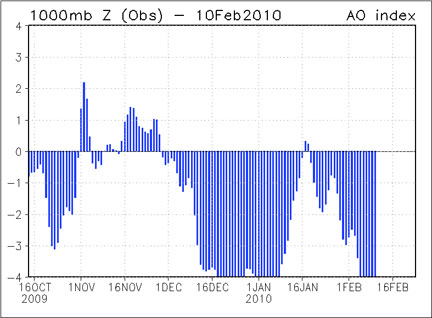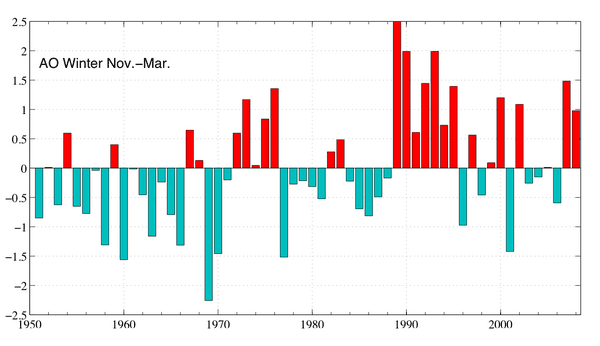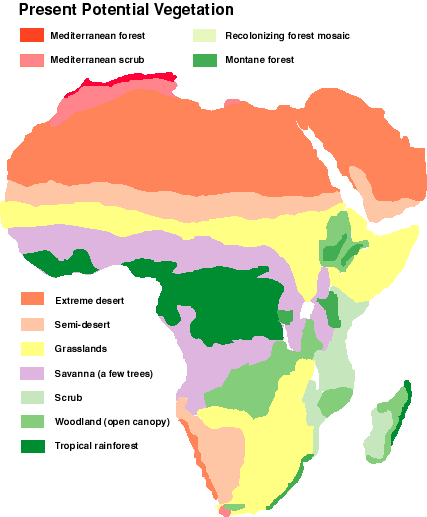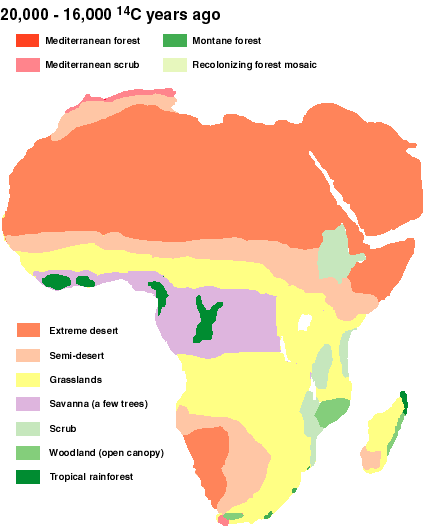When you're trying to launch snowboarding tricks on dry ground and simultaneously
shutting down the U.S. government because the snowbanks are casting shadows on the Washington Monument, something odd is going on. This isn't a good old-fashioned winter for the District of Columbia, not unless you're remembering the last ice age. And it doesn't disprove global warming, despite Sen.
Jim De Mint's cheerful tweet: "It's going to keep snowing until Al Gore cries 'uncle.' "
Instead, the
weird and disruptive weather patterns around the world are pretty much exactly what you'd expect as the planet warms. Here's how it works:
In most places, winter is clearly growing shorter and less intense. We can tell, because
Arctic sea ice is melting, because the glaciers on Greenland are shrinking and because a thousand other signals send the same message. Here in the mountains of the Northeast, for instance, lakes freeze later than they used to, and sometimes not at all: Lake Champlain remained open in winter only three times during the 19th century, but it did so 18 times between 1970 and 2007.
But rising temperature is only one effect of climate change. Probably more crucially, warmer air holds more water vapor than cold air does. The increased evaporation from land and sea leads to more drought but also to more precipitation, since what goes up eventually comes down. The numbers aren't trivial -- global warming has added 4 percent more moisture to the atmosphere since 1970. That means that the number of "extreme events" such as downpours and floods has grown steadily; the most intense storms have increased by 20 percent across the United States in the past century.
So here's the thing: Despite global warming, it still gets
cold enough to snow in the middle of winter. It even gets cold enough to snow in Texas and Georgia, as it did late last week. And the chances of what are technically called "big honking dumps" have increased. As
Jeff Masters, the widely read weather blogger, pointed out last week, a record snowstorm requires a record amount of moisture in the air. "It is quite possible that the dice have been loaded in favor of more intense Nor'easters for the U.S. Mid-Atlantic and Northeast, thanks to the higher levels of moisture present in the air due to warmer global temperatures," he wrote.







